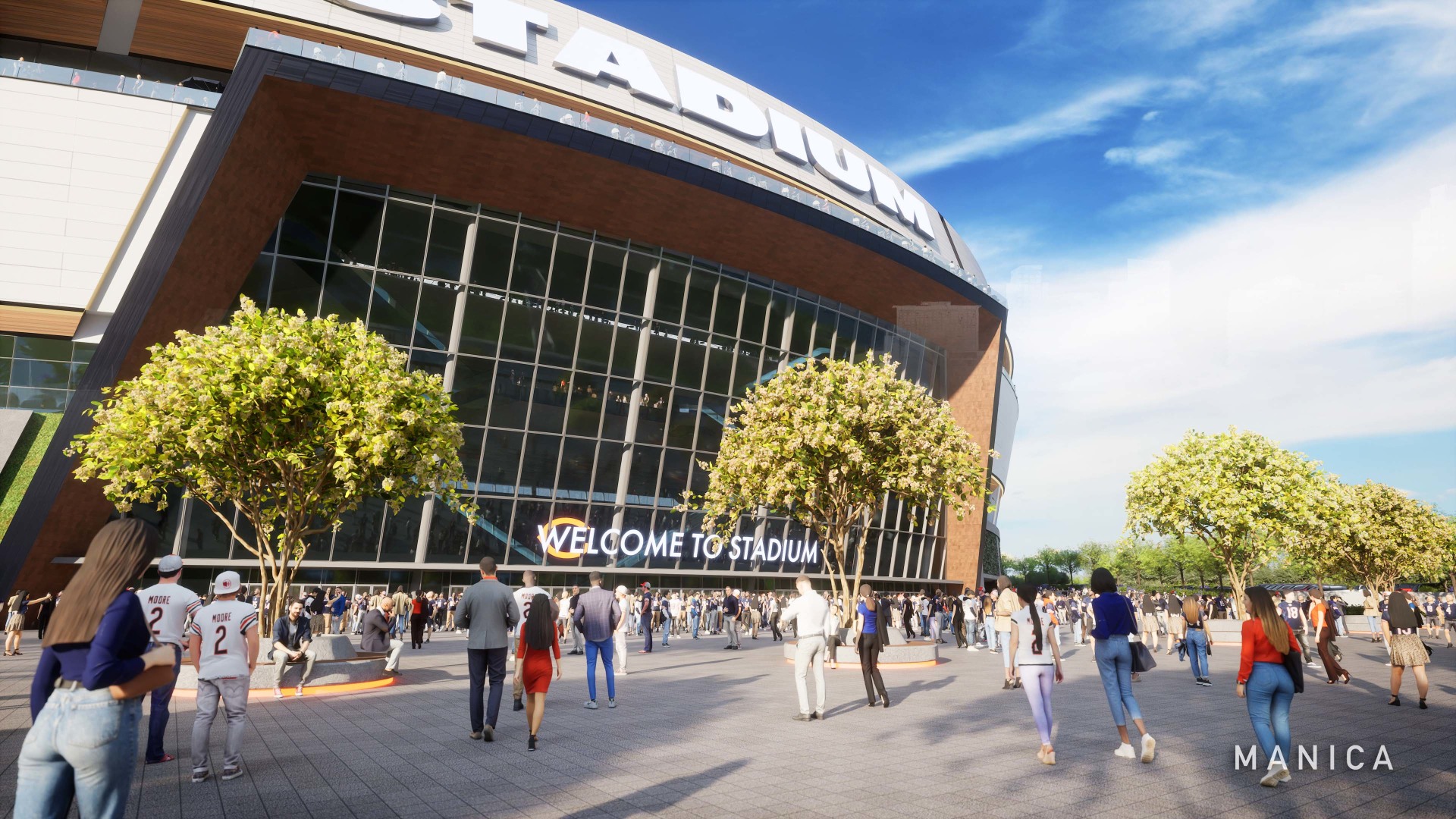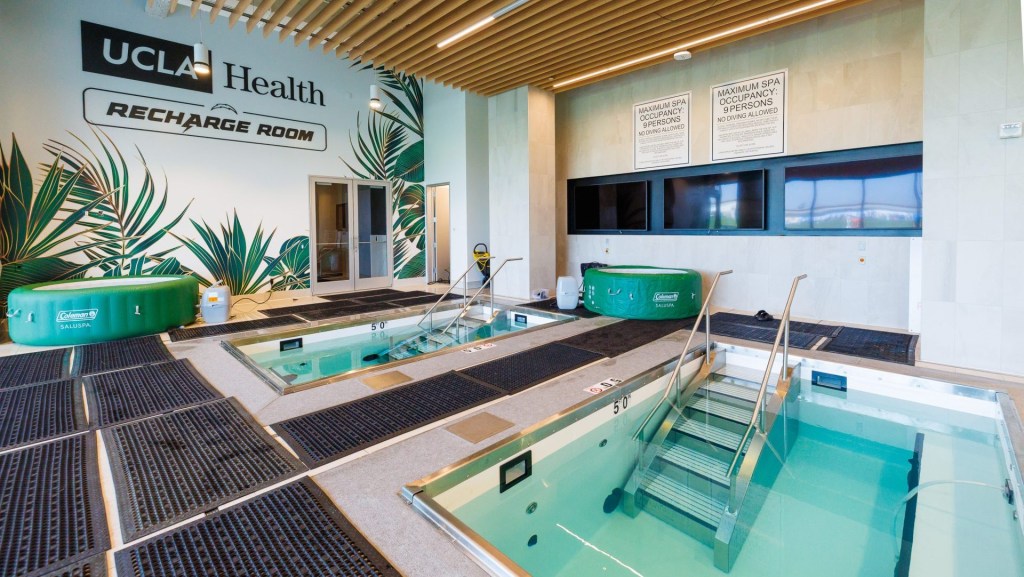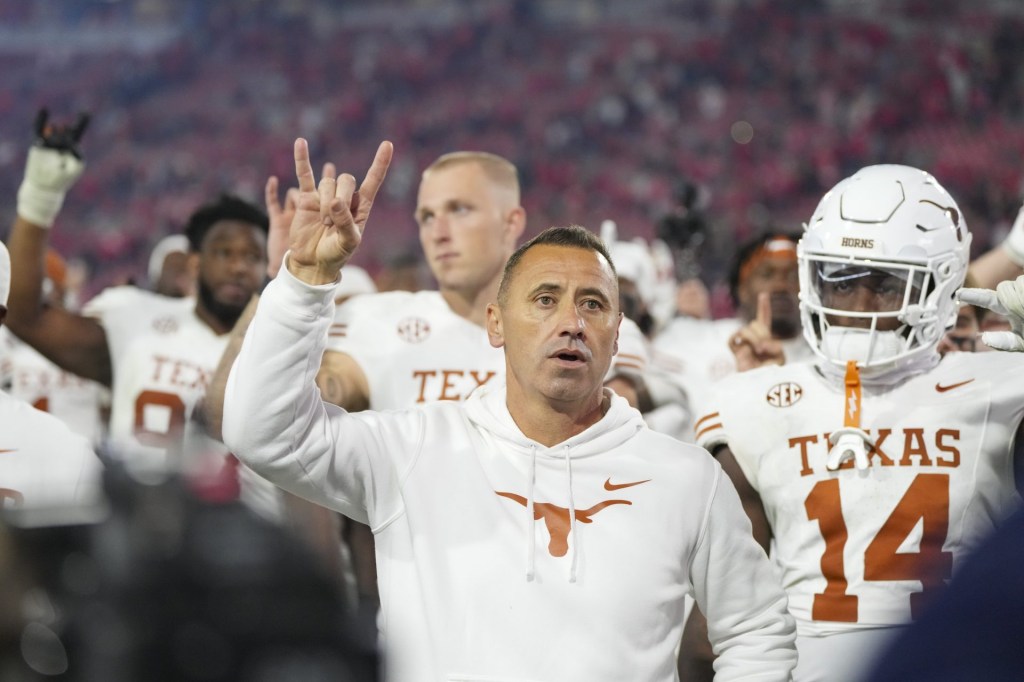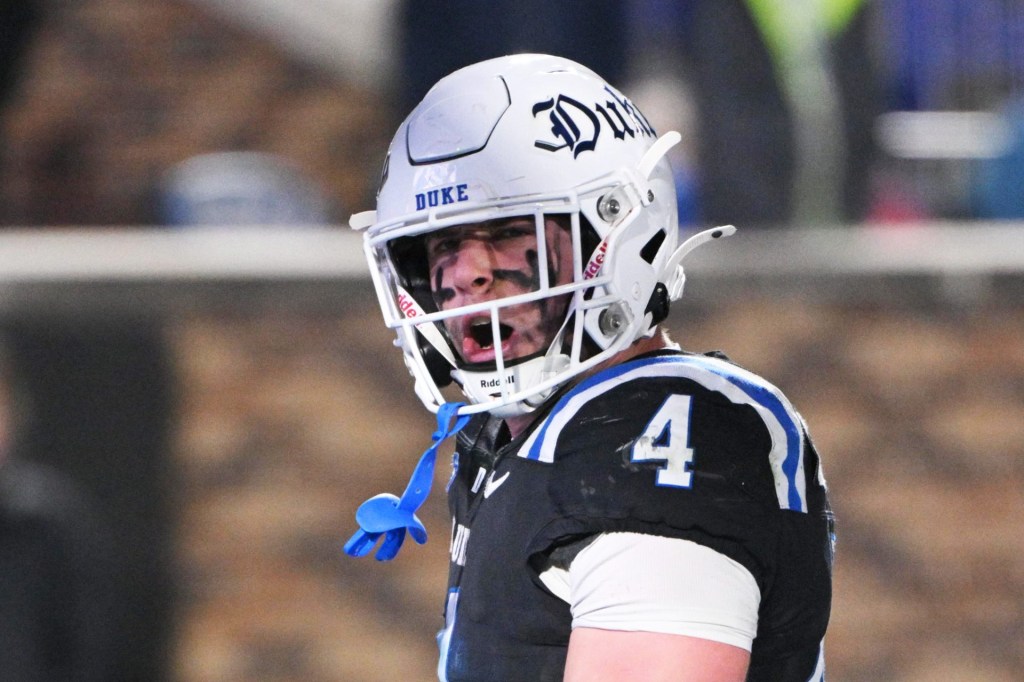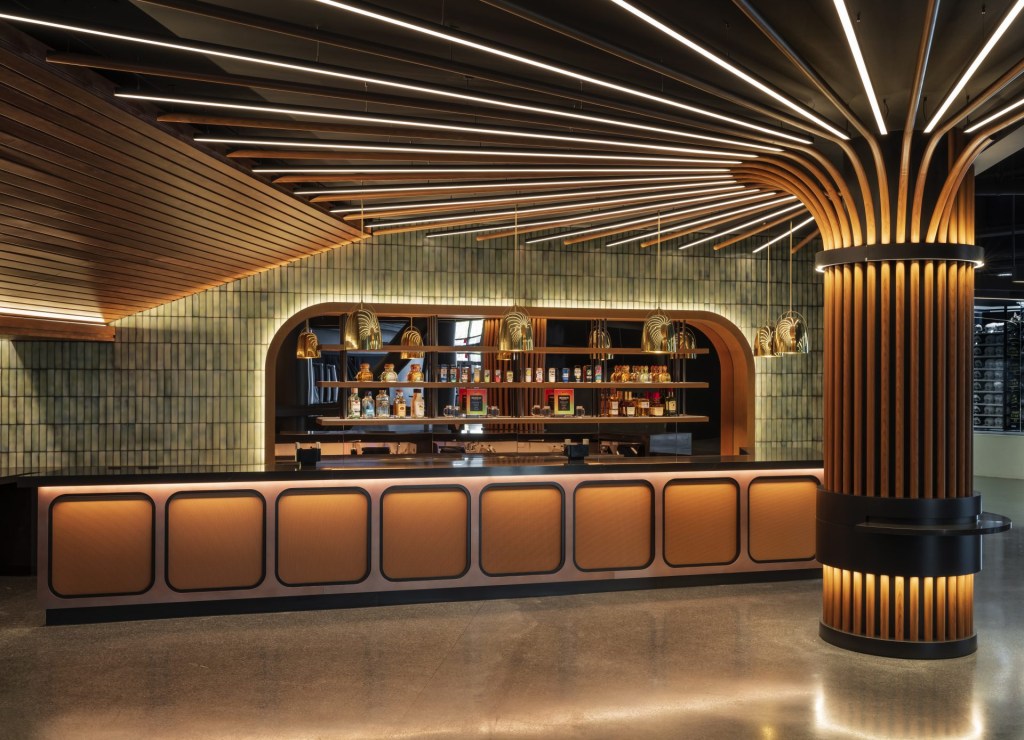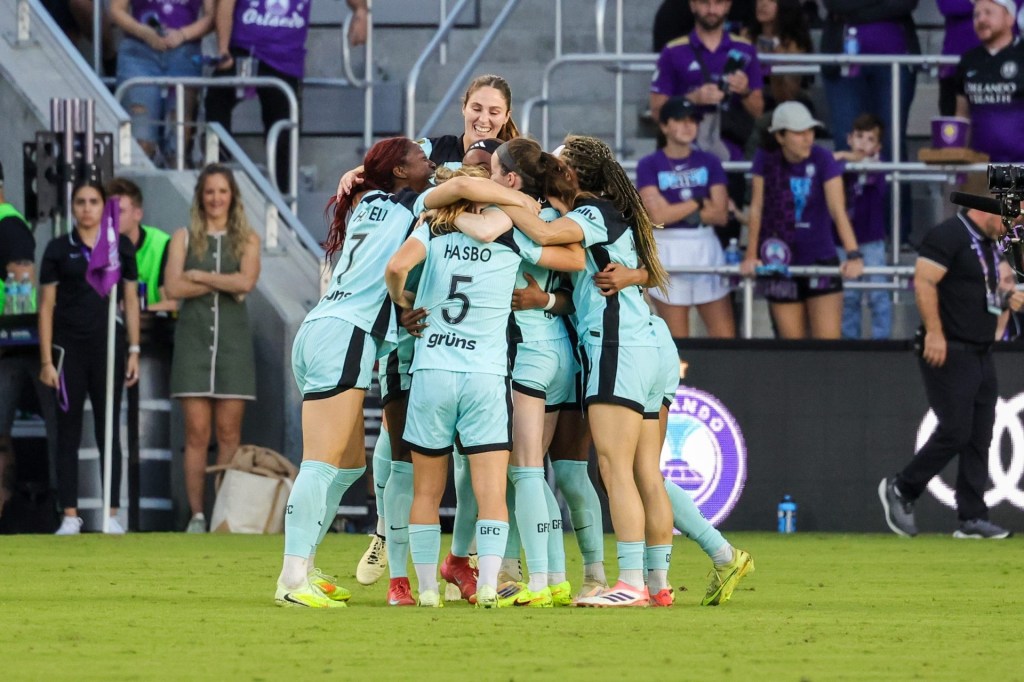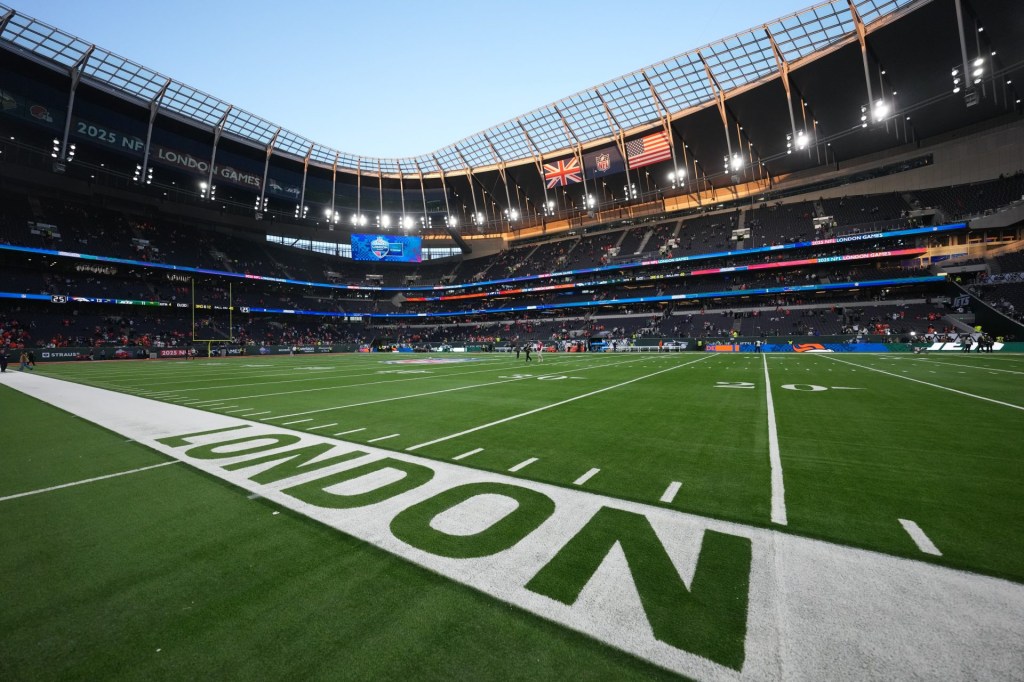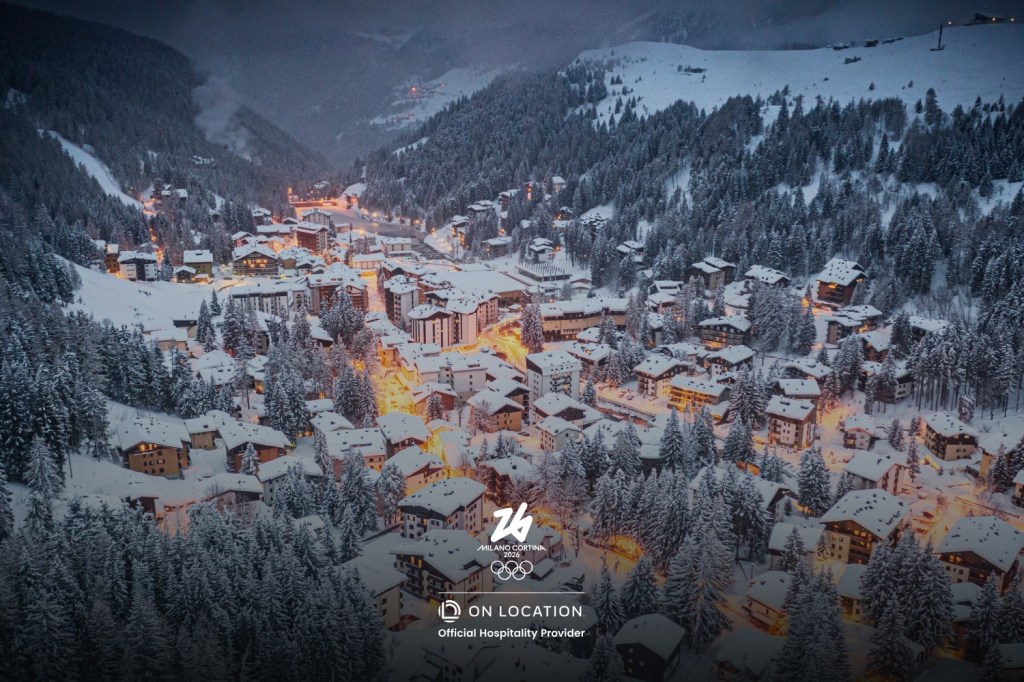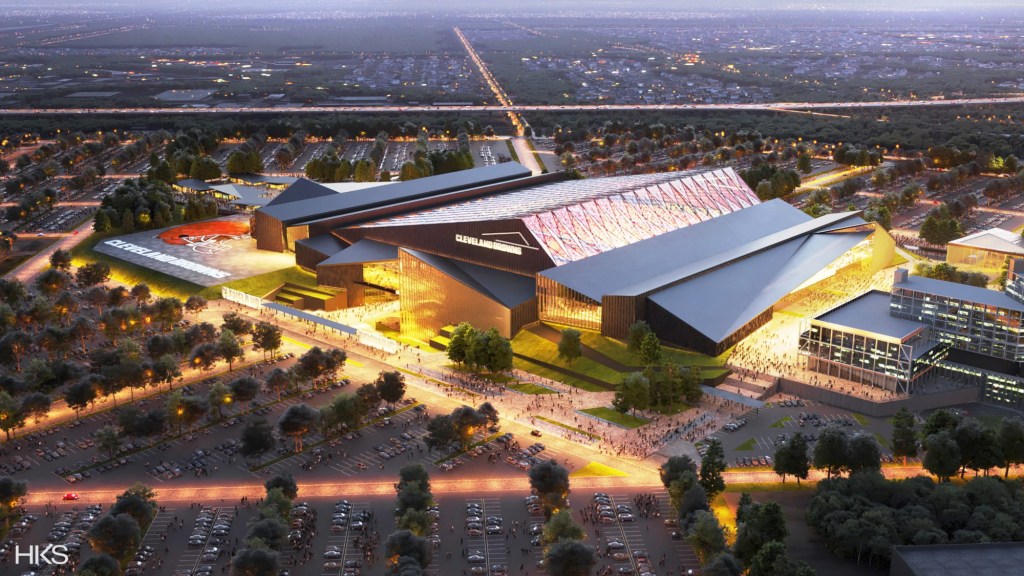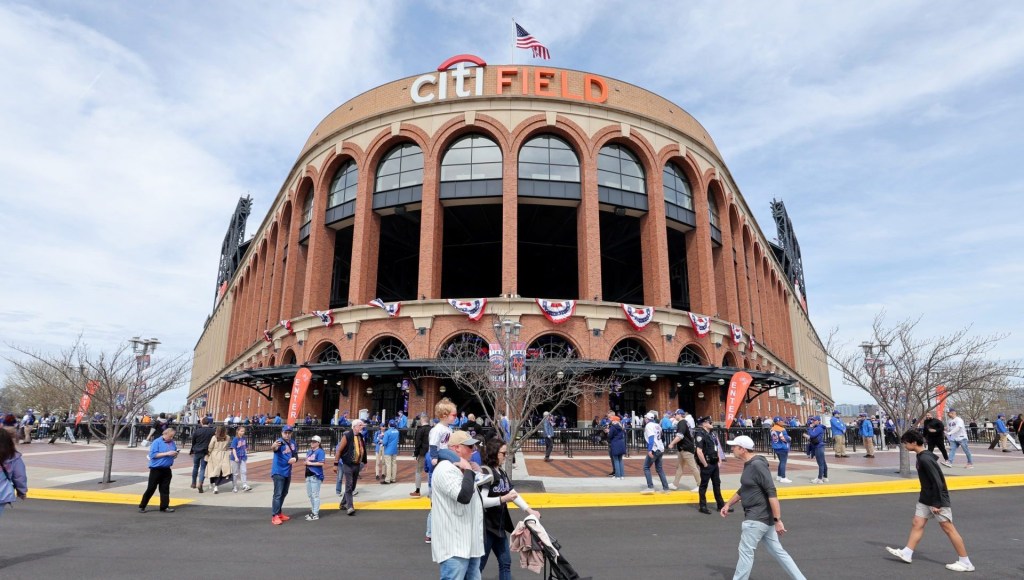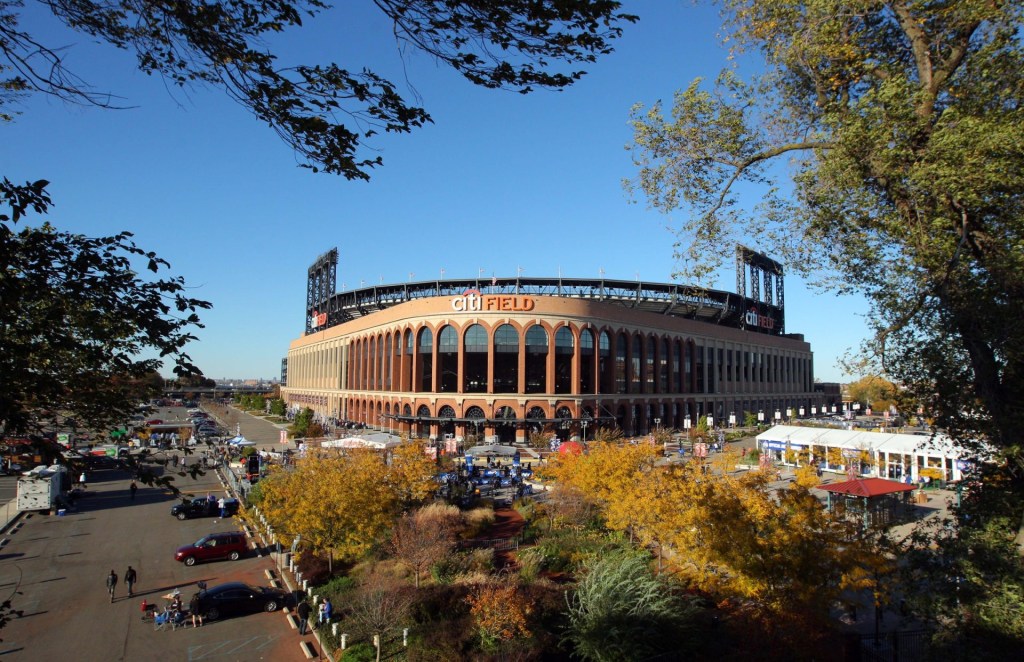The Bears officially have a new site for their planned stadium and intend to pay for much of the project themselves, but there could still be plenty of public money involved.
The NFL team has released a new economic impact statement for its proposed domed stadium and mixed-use development, just weeks after detailing its intent to abandon a downtown location and build instead on land it owns in suburban Arlington Heights, Ill. The reworked model again affirms the Bears’ plan to fund the stadium itself entirely, a building slated to cost $2 billion.
The statement, however, also details a price tag of more than $5 billion for the entire development, slightly higher than the prior project of $4.7 billion, and calls for $855 million in public-sector investments in infrastructure.
That latter figure represents the newest and most specific ask in the team’s long and winding journey to build a next-generation venue in the No. 3 U.S. media market. The sought-after contribution from taxpayer dollars—targeted primarily for improvements to nearby roads and rail lines—is a sizable change from the even split contemplated in the prior, downtown plan, one that ran into firm resistance from Illinois Gov. J.B. Pritzker.
The new split, a 17% contribution of the total cost from public money, much more closely resembles the 29% funding from the District of Columbia in a recently approved stadium and mixed-use development for the Commanders.
As has increasingly been the case, time is of the essence for the Bears. The team says that construction costs continue to escalate by more than $10 million per month—not surprising given broader inflationary and tariff fears across the economy.
The Bears also want to see state legislation passed that would freeze property-tax assessments on any large-scale project in the state and allow them to negotiate payments with local taxing authorities. That issue has been at the heart of a situation with Arlington Heights that Bears executives say is progressing but not resolved.
“We are urging state leaders to pass the Mega Project legislation, which creates a fair, predictable framework for property taxes that applies to any large-scale investment in Illinois,” the Bears said. “With this certainty, we can move forward ensuring this once-in-a-generation project becomes a reality.”
The team also released a new set of stadium renderings that have a close similarity to the downtown proposal. The updated design, however, takes advantage of the greater space that the 326-acre property at the former Arlington International Racecourse allows.
